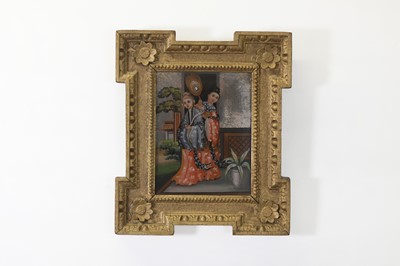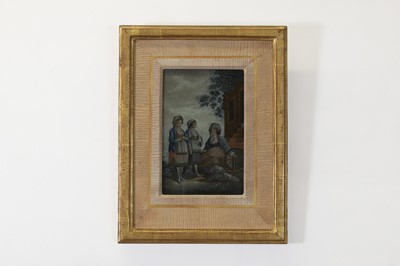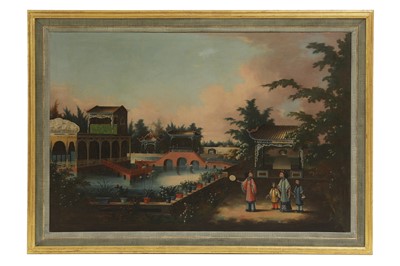Export Porcelain
In the eighteenth century, Chinese export porcelain was made with the same great skill and expertise that domestic wares were known for, but designed to Western tastes. The popularity and spread of these pieces, and their continued desirability, is a testament to the interaction between Chinese artisans and Western collectors and importers who, without a common language or culture, promoted this interchange of stylistic ideas.
Most of the porcelain pieces transported for this purpose were blue and white wares decorated with generic landscapes, but the other, smaller, category of items was made up of colourfully decorated ceramics in the 'famille rose' or 'famille verte' palettes. It was these pieces that were considered the top of the market, a position they have maintained until today, and for wealthy collectors looking for the highest-quality decoration for their interiors, these enamelled porcelains still hold great appeal.









